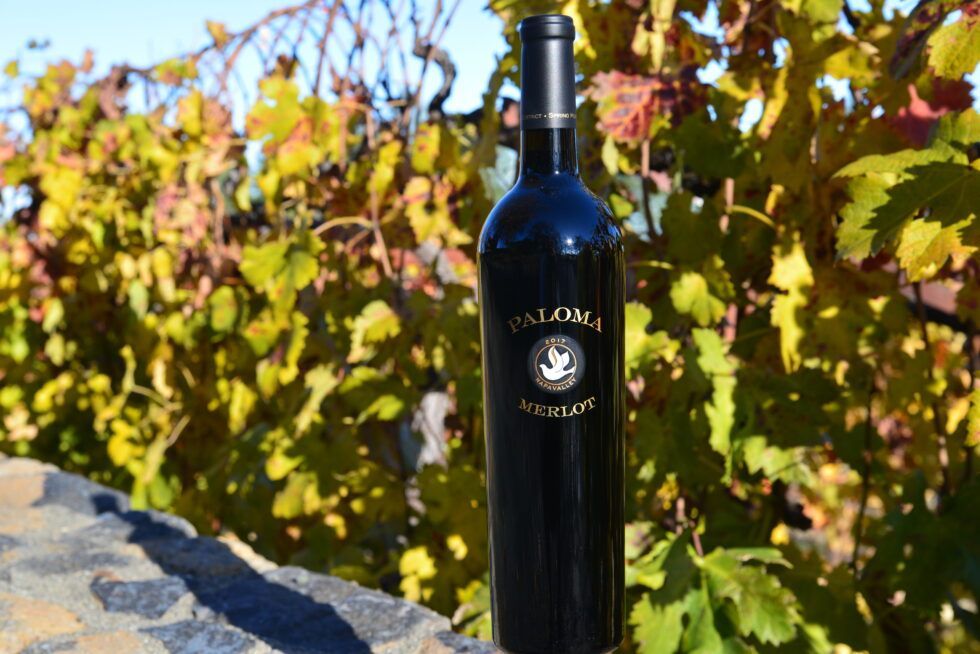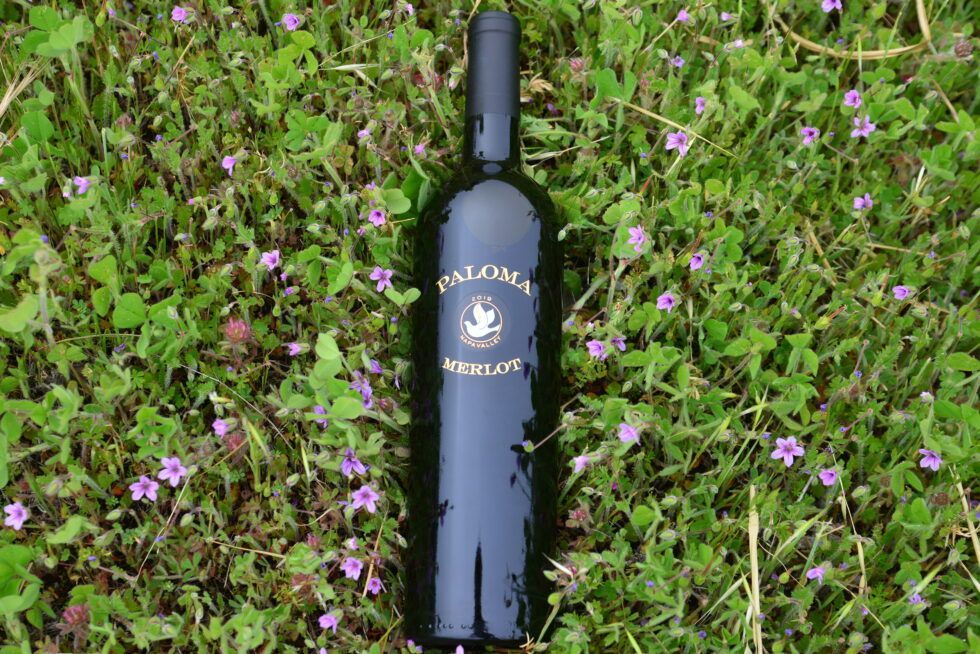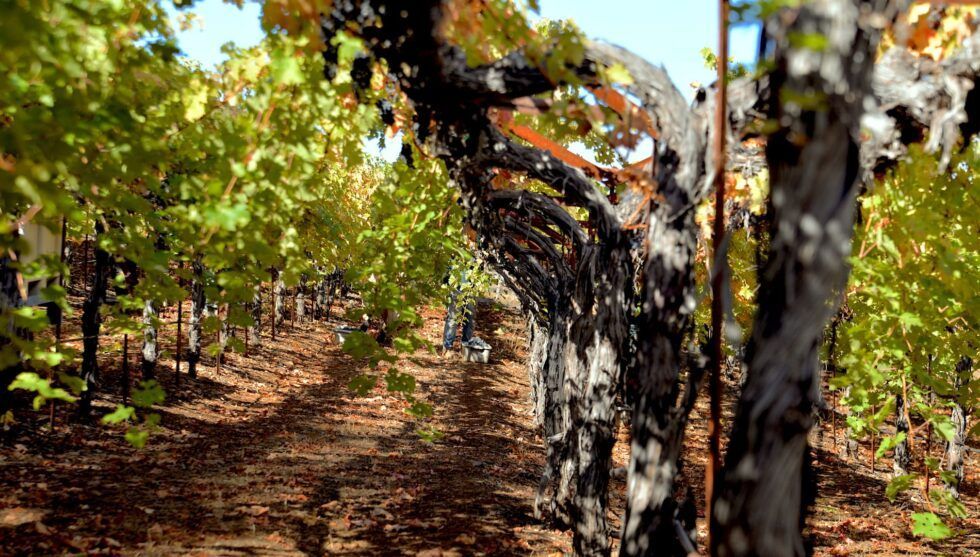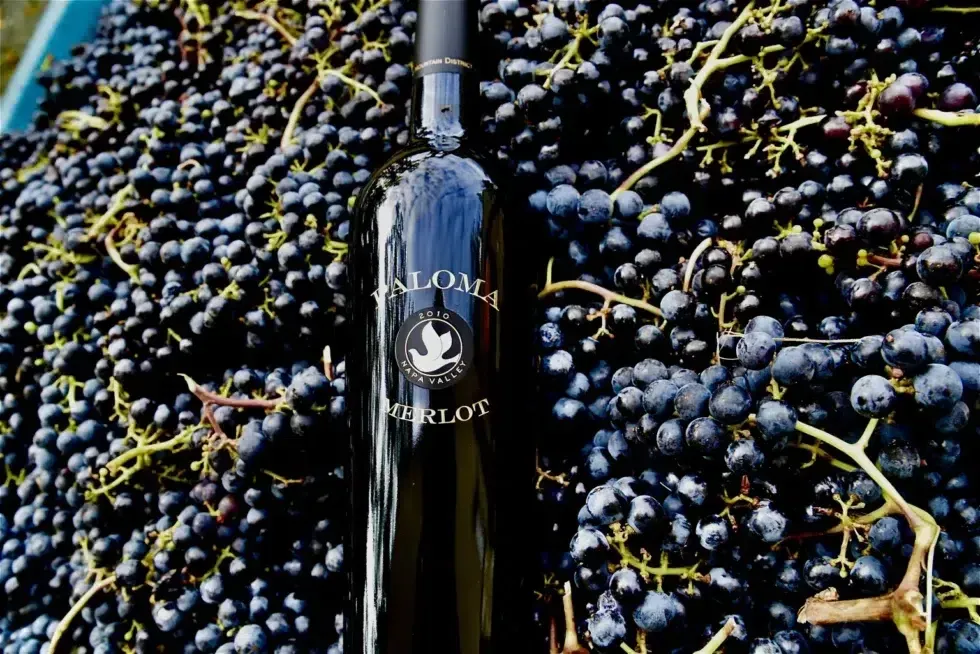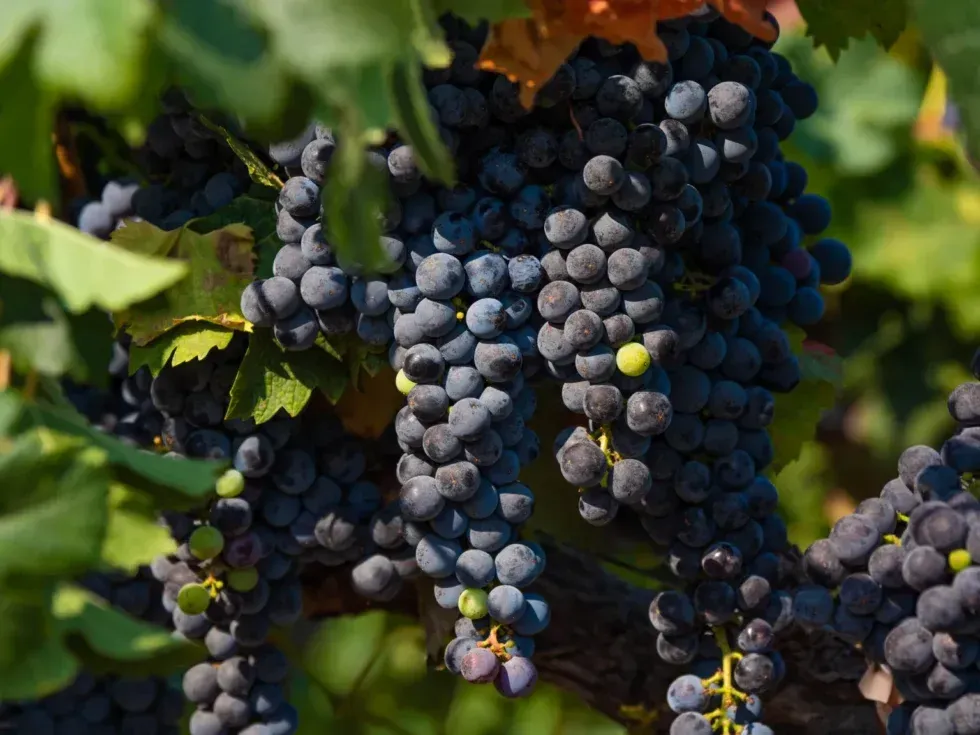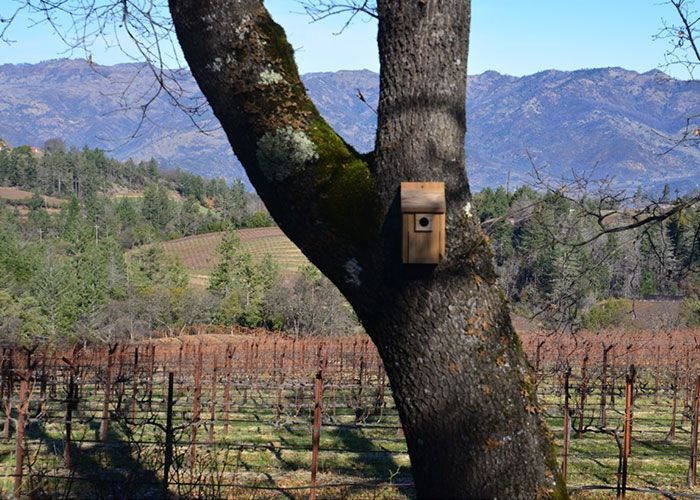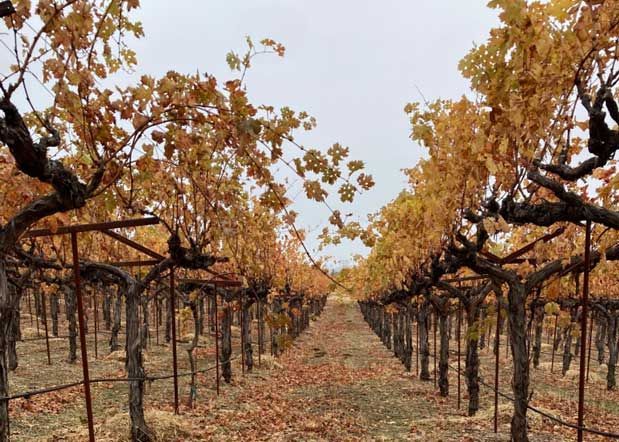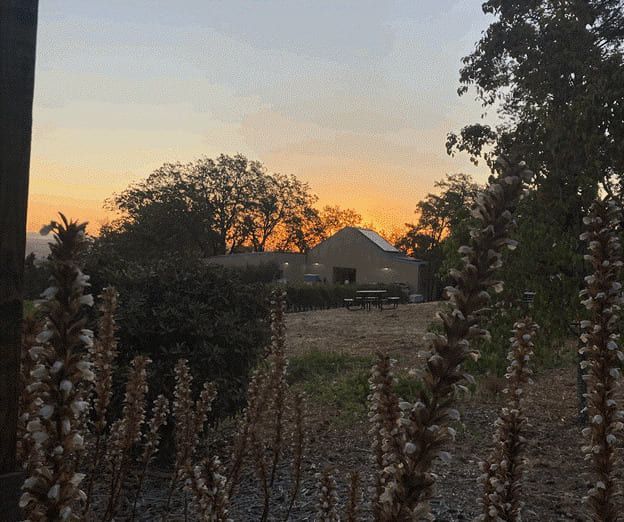What is Regenerative Farming?
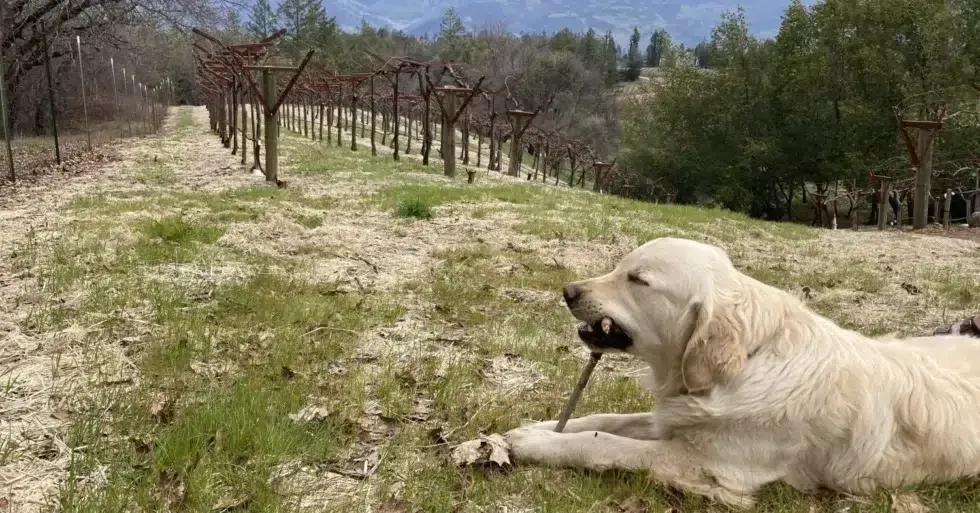
Regenerative Farming or Regenerative Agriculture is a diverse ecological system that revitalizes the beneficiary relationships of the plant life and nature that live within the ecosystem. While we tend to focus on what we see above ground, maintaining a regenerative farm puts a focus on what is happening below ground. Which, for plants, is arguably just as important.
It goes without saying that plants require, at a minimum, light and water for photosynthesis, but that is like saying humans can live on water and meat. Sure, we can, but not well. A plant’s diet, much like ours, requires diversity. Without that diversity, our system does not thrive. You can think of the underground ecosystem like our gut. We have over a hundred trillion microorganisms that help us process everything we eat and drink. The more diverse our diet, the more diverse our microbiome. And, generally speaking, the healthier we are. The same can be said about a plant ecosystem. The more diversity you can achieve, the better the symbioses will be for all plants involved, including grape vines.
In conjunction with plant diversity comes mycorrhizae, a root fungal that is proficient at sharing nutrients among plants. They are like the nutrient superhighway of underground ecology. Much of the nutrients that are underground are not readily available to all plants. But plants, along with fungi, can work together to collect, produce, and/or extract the nutrients that they need collectively to not just survive, but thrive.
Beyond the nutrient sharing, plant diversity, and ground cover in general, have been shown to increase water retention. Depending on the soil, the climate, and the changes made to the ecology, water retention can improve significantly with plant diversity. You can think about it this way. Water retention requires two major components: available space for the water and a way for that water to get to that available space. Your surface growth helps keep the water in place when it falls and your underground growth—i.e., your root system—provides the porosity or space for that water to flow into the ground. Some plants have short, thick roots, like tubers that create excellent available space for water as they break down over time, and others have long spindly roots that spread deep and far creating channels for water and connecting a variety of surrounding plants.
The practice of Regenerative Farming is really to try to allow Mother Nature to do the work for you. She has evolved over billions of years. Who are we to think that we can do it better?
Here are some examples of Regenerative Farming practices and their uses.
Multispecies Cover Cropping
The name says it all: multispecies. The general ideas of this were just discussed above, but here are some specifics. Diversity is one of the key components to getting the most out of your cover crops. You can think of it as a community. A monocrop would be a community of 1 person. That’s a lot of work to collect all the resources you need to survive. Whereas, communities of hundreds, thousands, or millions of people provide the support system for us to thrive. Essentially, we share resources through our economic structure. Plants are no different. They have evolved to give and take nutrients as needed. And they are healthiest when they function symbiotically. The more diversity, the better the symbioses.
Now, it’s important that we do our best to stay in our lane and plant cover crops that are appropriate for our environment and for the needs of our ecosystem. Just sprinkling a bunch of random seeds on the ground isn’t necessarily going to provide good results. Fortunately, we have an amazing catalog of plant species for our area and more than enough variety to accomplish our goals. The key is finding the right mix to achieve those goals. Modern technology allows us to do this better than ever. The cost of soil and leaf testing continues to come down and is very affordable to all farmers, not just the big players. With these tools, we can monitor and test our plants’ health with relative ease and help adapt the plant diversity to achieve the balance that our ecosystem needs to thrive.
Not only does plant diversity help all plants thrive, but it is also fundamental in building organic matter through underground organisms—micro and macro—like worms, bacteria, and fungi. Why does soil need diverse, healthy organisms? Organisms help plants communicate, provide nutrients, process decay, and warn plants of disease and pests.
This idea of taking better care of our soil, means we are taking better care of our vines. In turn, this will create a healthier, more resilient farm that can produce the highest quality fruit possible, even in the more extreme conditions that we struggle with today.
No-Till Farming
Tillage, or the practice of breaking up and exposing soil to oxygen, has been around for thousands of years and truly has allowed our communities to thrive. It allows for faster organic breakdown and makes ground nutrients more available to plants. Whenever tillage is implemented on new fields, plants do grow faster and produce higher yields, but this comes at a cost. You can think of it like a cash withdrawal from your bank. The problem will tilling is that there is no cash going back into your account, so it is finite. Over time, yields will drop and crops will fail. Society has seen this time and time again, where agricultural havens slow and fail to produce adequate supplies to sustain their community.
More recently, we have gotten around this by utilizing fertilizers. While this provides a temporary solution to certain nutrient deficiencies, it has both short-term and long-term effects that we are dealing with now and will continue to have to deal with for years to come. One easy example of this is nitrogen dead zones seen throughout the world. Nitrogen builds up in the water supply and flows downstream where it facilitates massive algae blooms that consume all available oxygen in the water, killing off nearly all organisms. The Gulf Coast is a common example, but there are plenty.
Not to mention the cost of fertilizer is only going up.
In conventional till agriculture, the farmer is seeking to create an abundance of a small number of specific crops, sometimes only one. They use tilling and chemical sprays to control unwanted plants—“weeds”— to survive. The goal of Regenerative Agriculture is to create as many relationships as possible within the ecosystem and utilize wanted plants and animal grazing to control unwanted plants. Ideally, over time, this will lead to less use of chemical sprays, fungicides, and other fertilizers that disrupt the natural ecosystem.
No-till farming, in conjunction with other regenerative practices, provides an economically viable alternative for the future.
Animal Grazing
Allowing animals to graze the areas planted with cover crops can be a very economical way to control growth and replenish the soil. They are a natural system for mowing; they have a "trampling" effect that helps control growth and can have a positive impact on new seed germination; and they leave behind a natural fertilizer in their feces. Animals are an integral part of a strong regenerative system.
Animal droppings are the easy and obvious advantage of grazing. They process what they eat through their digestive system converting that food into energy for themselves, but also breaking down the nutrients they don’t use and mixing it with microorganisms from their gut. All of which is then deposited on the soil for other organisms to finish the decay process and return the nutrients to the soil with a renewed availability.
However, droppings are not the only advantage. The process of controlled grazing allows for growth control, which is often a necessity for a farm as well as beneficial to those plants. When grazed at the right amount, plants refocus their energy into their root system, which promotes healthier soils and, ultimately, healthier crops.
Agroforestry
Agroforestry is the act of observing the local forest and the relationships of all living things within the nature around the farm. Those being, the animals, soils, fungi, bugs, plants, water, and an endless number of others. The key to Agroforestry is recreating that environment within the farm landscape. Creating a system of native checks and balances for the environment. In a vineyard setting, Agroforestry is more challenging to effectively implement, but not impossible.
Final Thoughts
These are just a few of the practices that Regenerative Farming utilizes. And the science is young. Our understanding of
the underground ecology is young. With more farms practicing these methods, the research has started to shift away from monocrops and synthetic fertilizers, and into more holistic ecologies to truly maintain a regenerative farm.
If you have any interest in these subjects, we highly recommend these three books. The first is an excellent read and a fantastic story of making the American dream work for you. Bucking the status quo to find success in your own way! The second is also a great book, but more focused on the science of Regenerative Agriculture and less of a story. The third goes even further down the rabbit hole focusing on how to make your native plants and environment economically viable.
- Dirt to Soil: One Family’s Journey into Regenerative Agriculture, by Gabe Brown
- The Complete Guide to Restoring Your Soil, by Dale Strickler
- Restoration Agriculture, by Mark Shepard
